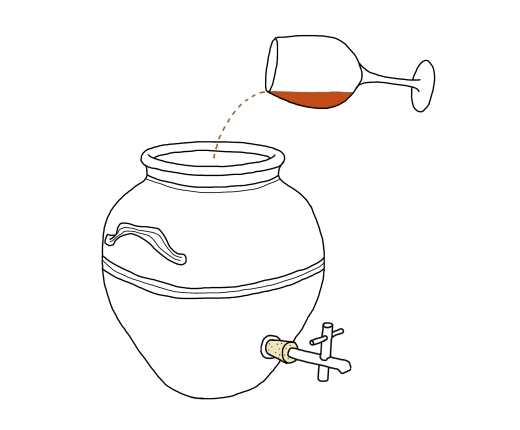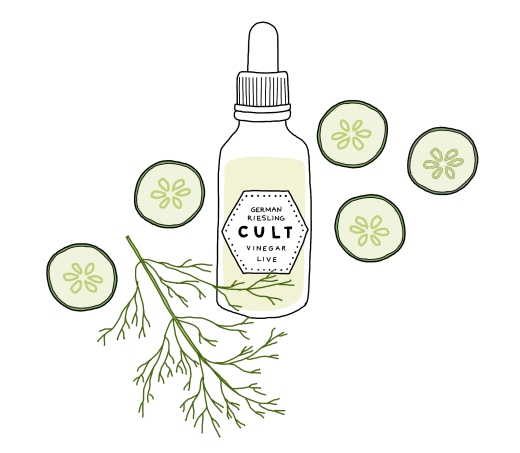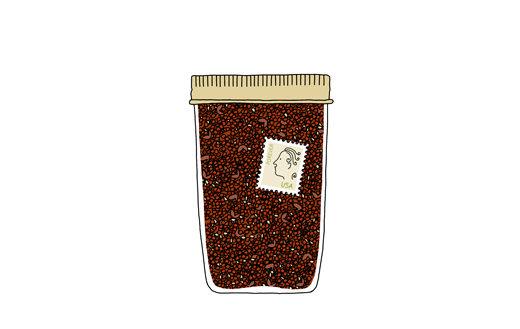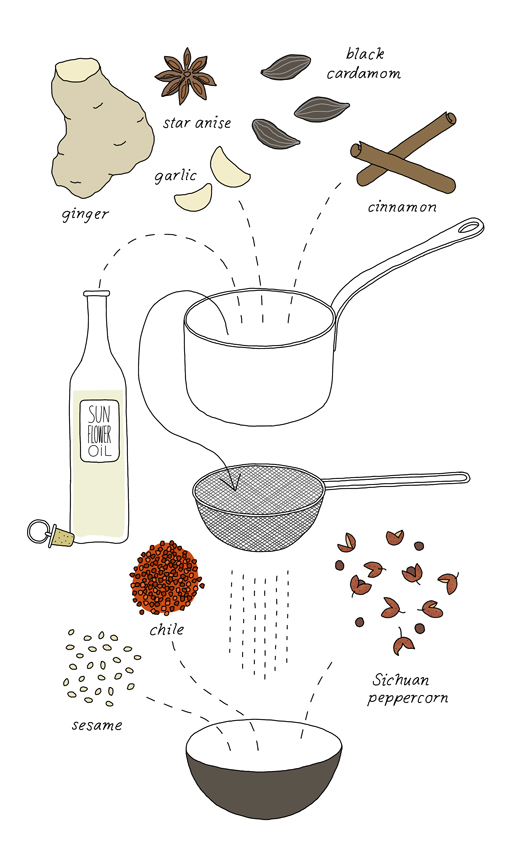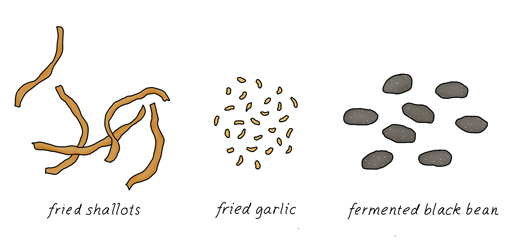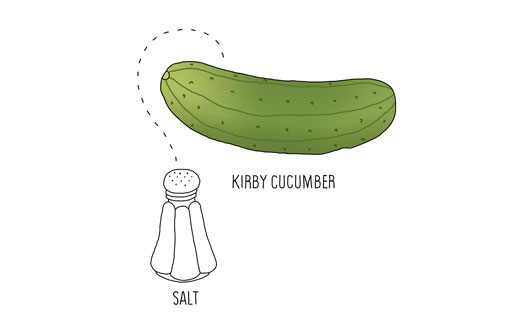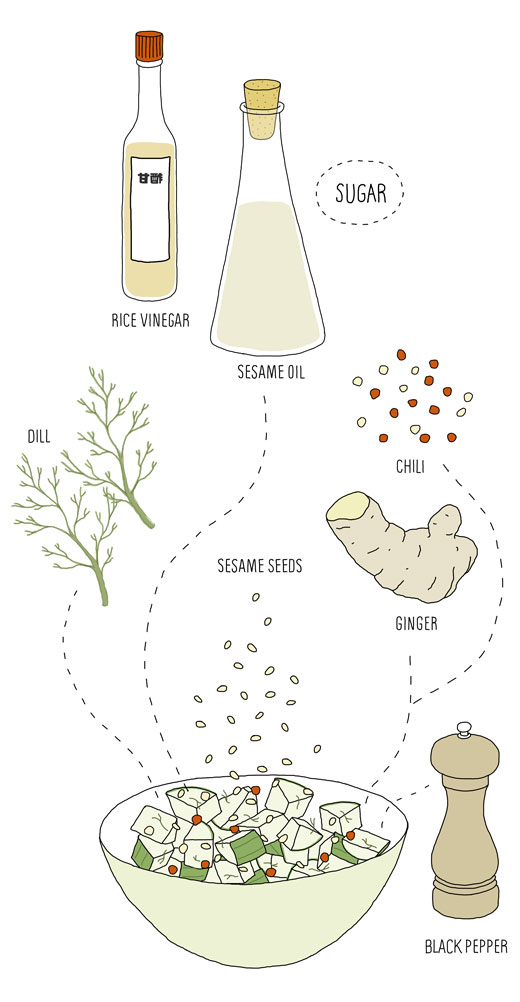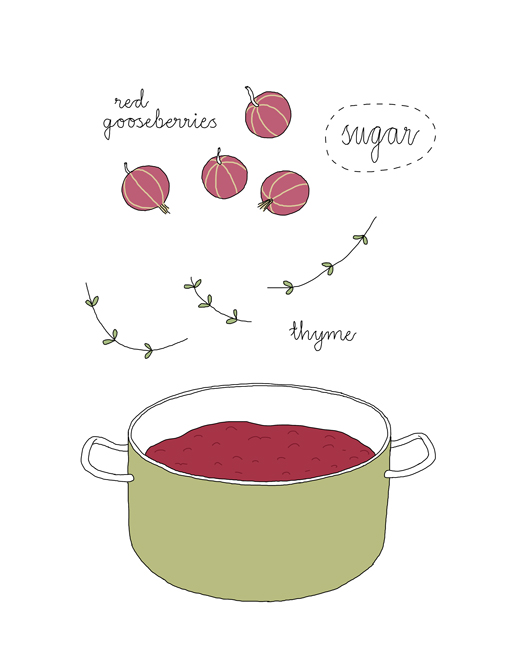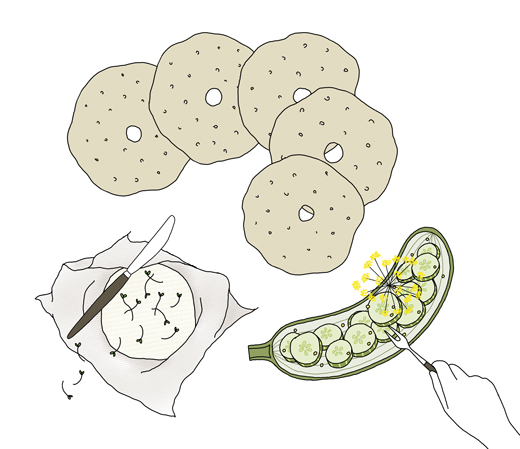
In my latest cookbook, Smörgåsbord: The Art of Swedish Breads and Savory Treats, I want to encourage you to make small portions of a classic Swedish Smörgåsbord. A little like a Smörgåsbord tapas! Together with a flavorful bread, it’s a concept that works for everyday smörgås (open-faced sandwich) meals as well as for festive starters.
The first chapter is dedicated to Nordic breads, both classic and new creations, baked with either yeast or sourdough starter. As rye bread is the most distinctive type of bread throughout the northern countries, I have included five different types. But there are some tasty wheat based breads too and a stove-top baked flatbread made with barley flour.
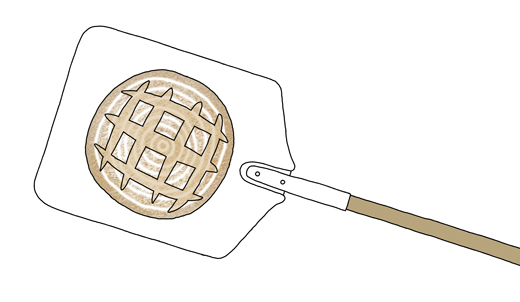
The rest of the chapters concentrate on spreads and toppings you can serve with the breads for every day smörgås, seasonal treats or more festive occasions. The last chapter is where you will find condiments like pickles, whole grain mustard, crispy onions, and classic sauces. It’s that addition that can turn any dish or open-faced sandwich into something more special. In my opinion the best smörgås is built up with several combined toppings.
As a starter for your upcoming holiday dinner parties or just as a treat for yourself, I suggest you serve a few of the dishes arranged separately at the counter and have everyone build their own little treat. You can also create snittar, Swedish tiny open-faced sandwiches, by cutting the bread into squares, rounds or triangles, and top them with any spreads of your choice. Here are a few of my favorites snittar that are based on recipes from the book:
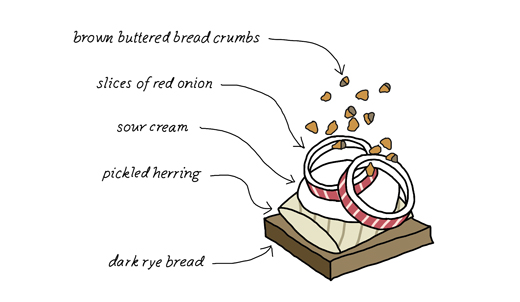
Pickled Herring with Sour Cream, Red onions & Brown Buttered Bread Crumbs – Pickled herring is a staple in Sweden and comes in many different flavors, either in vinegar or with cream. I love herring and like many Swedes I eat it all year around. In the book I share two of my favorites, a creamy mustard herring and a vinegar based herring spiced with rhubarb, cloves, and cinnamon.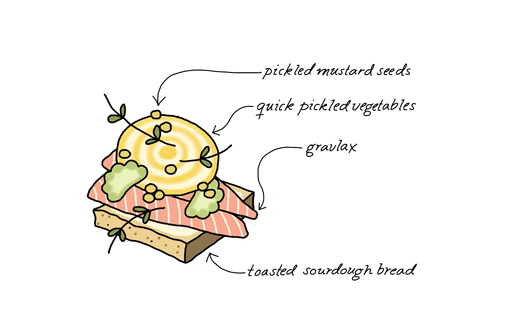
Gravlax on Toasted Sourdough Bread topped with Fresh Pickled Vegetables and Pickled Mustard Seeds – If you plan ahead, gravlax is a simple and festive smörgås topping that can be flavored and paired in many different ways. The most classic is to serve it with simple mustard sauce or as in Finland with Fresh Pickled Cucumber (pressgurka). My version of gravlax is cured with fennel seeds and I warmly recommend it served on toasted sourdough bread and topped with Quick Pickled Vegetables and Pickled Mustard Seeds. (You can find all these recipes in the book).
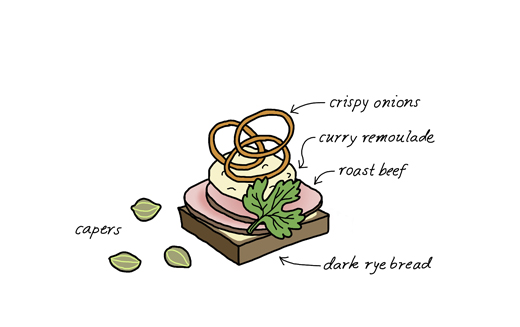
Roast Beef with Danish Remoulade and Crispy Onions on Danish Rye Bread – This is a very common smörgås or smørrebrød combination in both Sweden and Denmark. The remoulade, which is a mayonnaise based sauce spiced with curry, pickles, capers, parsley and tarragon, is simply whipped together and pairs surprisingly well with roast beef and crispy onions (rostad lök). The Danish rye bread, baked with loads of whole rye berries, sunflower seeds, flax seeds, and toasted sesame seeds, is a delicious and wholesome bread. Instead of roast beef, I’m sure this little treat can easily be done with some leftover Thanksgiving turkey.
For every recipe in the book you will find several more pairing suggestions. I hope you will find it useful and inspiring enough to find your own special Smörgås combinations.
And there is of course always the option to create a whole feast too! If you plan it well, it doesn’t have to be that complicated and for many dishes like cured ham, gravlax, and pickles most of the process takes place when you are at work or doing other things.
If you bake or cook anything from the book, I would love to see it! Please share it with me here in the comments or tag it with #ArtofSmorgasbord on instagram, twitter, or facebook. A selection will be re-posted or linked to here on kokblog.
*
Smörgåsbord
cooking & baking by others:
Danish Rye Bread & Rustic Rye Bread
baked by Kira Nam Greene
Tweaked version of Rustic Rye Bread
baked by Jeremy Shapiro
Rustic Rye Bread
baked by Kira Nam Greene (1st bake)
*
other related links
upcoming Smörgåsbord events
talking Smörgåsbord on Off the Menu
with Dara Moskowitz Grumdahl
at WCCO | CBS Local Minnesota
(October 28, 2017)
Foodrepublic
want to make Smörgåsbord tatoos
Smörgåsbord interview
on Martha Stewart
you can read more about the book
here and here
Don’t have your own copy of Smörgåsbord? You can get it in almost any bookstore online all over the world! Here are a selection of bookstores… Random House, Barnes & Noble, Indie Bound, Amazon (US), and Amazon (UK).


